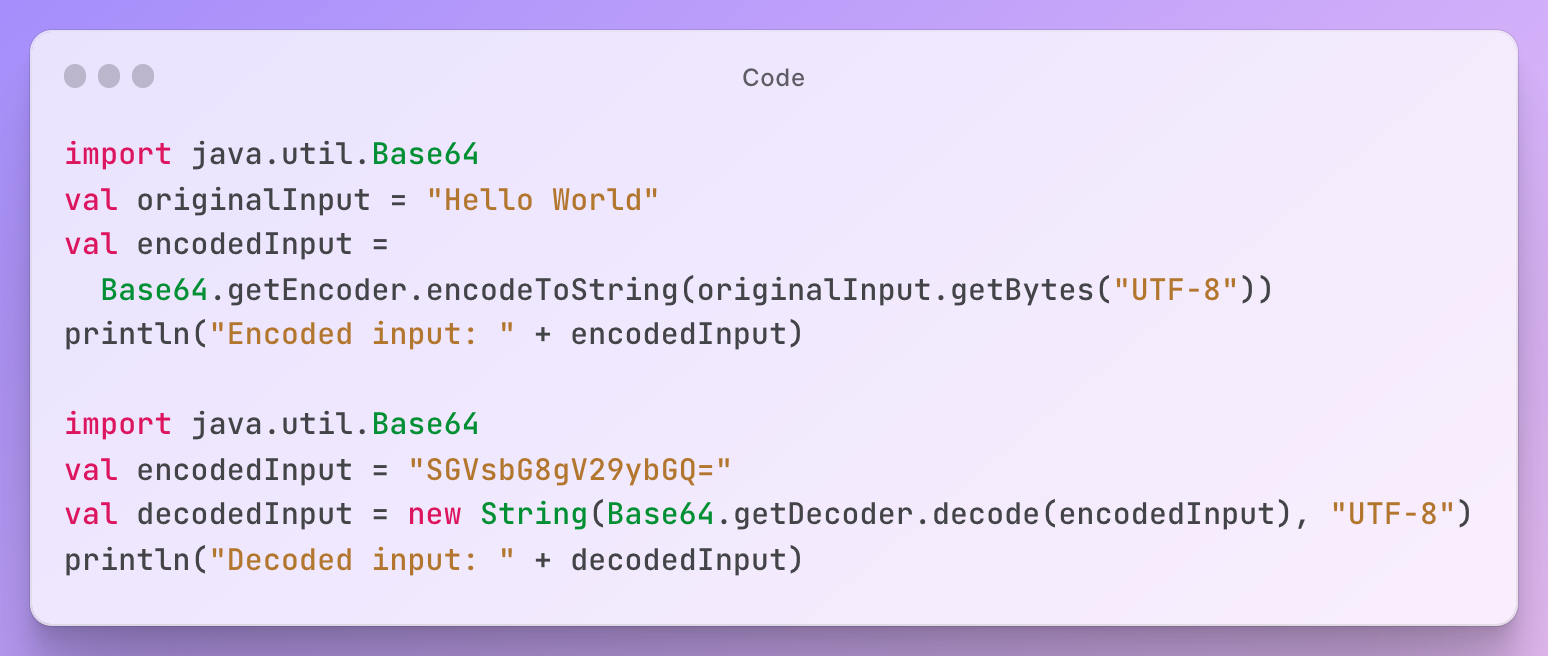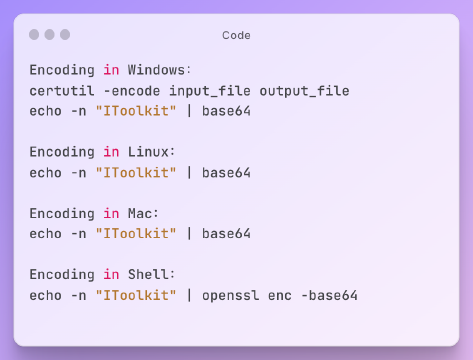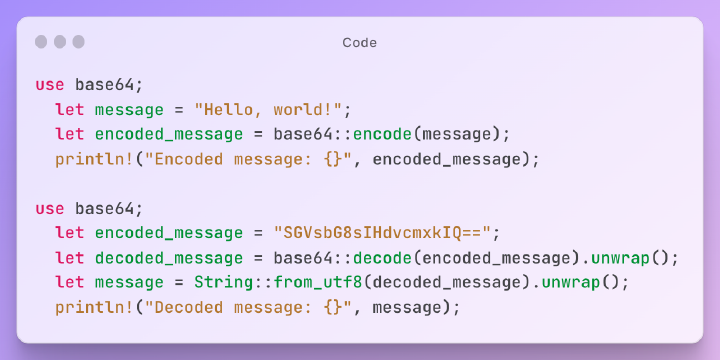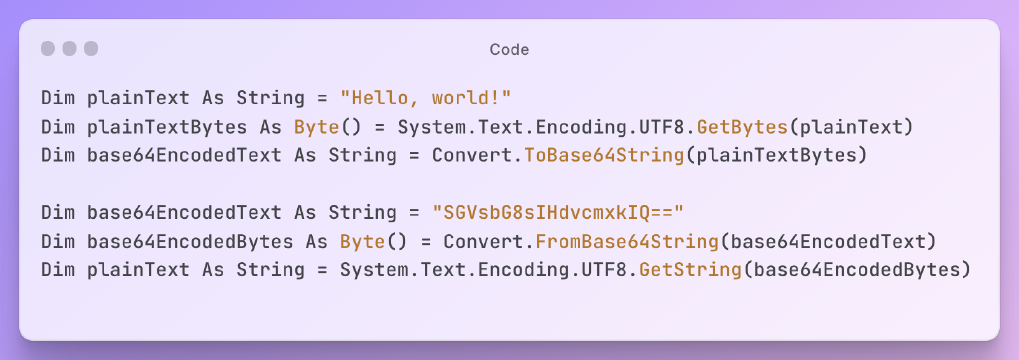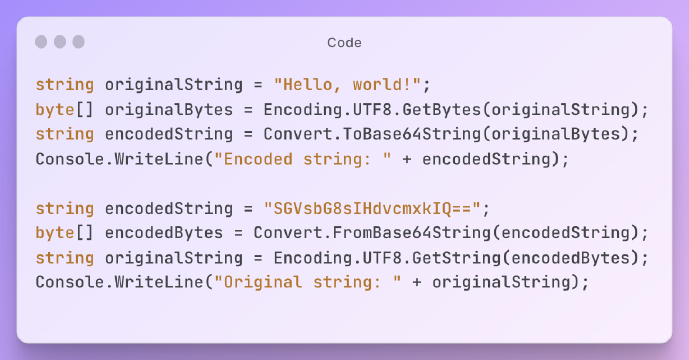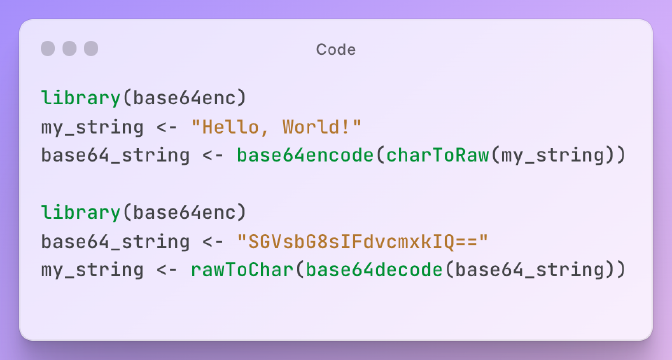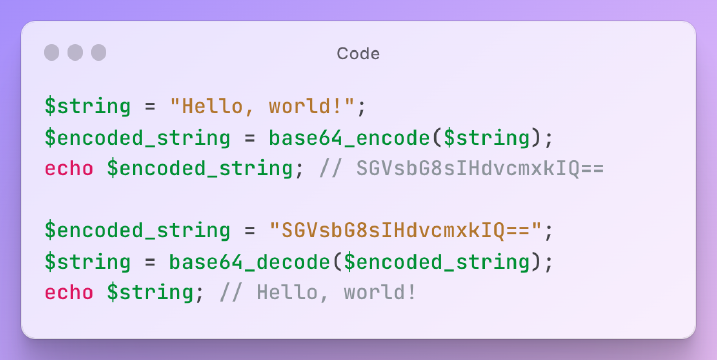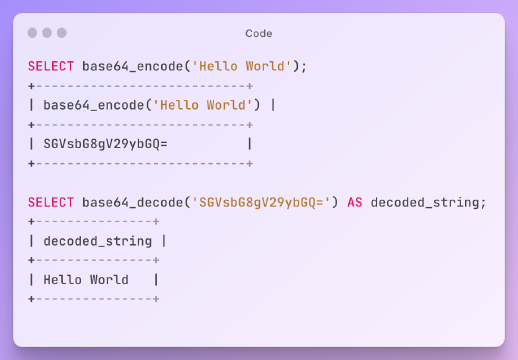Excerpt§
As a developer or database administrator, you may need to encode or decode data in Base64 format using Scala. Base64 encoding is a mechanism to convert binary data to ASCII text format, while Base64 decoding is the reverse process of converting encoded ASCII text back to binary data. In this blog post, we will discuss how to use Base64 encoding and decoding in Scala, including precautions to take when using this technique.
Encoding String to Base64§
To encode a string in Base64 format, you can use the java.util.Base64 class in Scala. Here’s an example:
1import java.util.Base64
2
3val originalInput = "Hello World"
4val encodedInput =
5 Base64.getEncoder.encodeToString(originalInput.getBytes("UTF-8"))
6
7println("Encoded input: " + encodedInput)
scalaIn this example, we first import the java.util.Base64 class. Then, we define the original input string as “Hello World”. We convert this string to bytes using the UTF-8 character set and then encode it to Base64 format using the getEncoder method of the Base64 class. Finally, we print the encoded input.
Decoding Base64 to String§
To decode a Base64 encoded string back to its original form, you can use the java.util.Base64 class in Scala. Here’s an example:
1import java.util.Base64
2
3val encodedInput = "SGVsbG8gV29ybGQ="
4val decodedInput = new String(Base64.getDecoder.decode(encodedInput), "UTF-8")
5
6println("Decoded input: " + decodedInput)
scalaIn this example, we define the encoded input string as “SGVsbG8gV29ybGQ=”, which is the Base64 encoded form of the “Hello World” string. We use the getDecoder method of the Base64 class to decode the input string and then convert the byte array back to a string using the UTF-8 character set. Finally, we print the decoded input.
Precautions When Using§
While Base64 encoding and decoding can be useful techniques, there are some precautions to take when using them:
Base64 encoding does not provide encryption or security. It is a simple mechanism to convert binary data to ASCII text format. If you need to protect your data, you should use encryption techniques such as AES or RSA.
Base64 encoding can increase the size of the data. Base64 encoding takes up more space than the original binary data. As a result, if you are encoding large amounts of data, you may need to consider the impact on storage and transfer.
Base64 encoding can be slower. Encoding and decoding large amounts of data in Base64 format can be slower than using binary data directly. If performance is critical, you should consider other techniques.
In conclusion, Base64 encoding and decoding can be useful techniques when working with binary data in Scala. By using the java.util.Base64 class, you can easily encode and decode data in Base64 format. However, it is important to take precautions when using this technique, such as considering the impact on size and performance.
